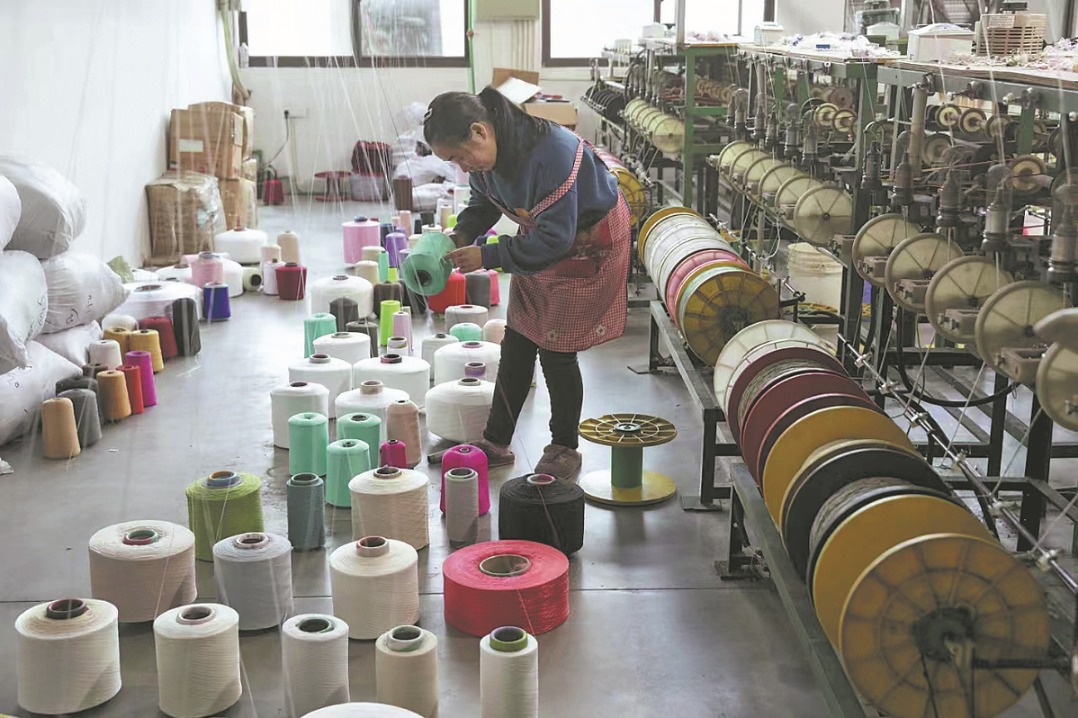Offshore carbon utilization project put into operation

SHENZHEN — China's first offshore carbon capture, utilization and storage project on Thursday began operations in the Pearl River Mouth Basin in South China, according to the China National Offshore Oil Corporation, the country's largest offshore oil and gas producer.
Situated at the Enping 15-1 platform, the CCUS project captures carbon dioxide produced during oil development, purifies and pressurizes it to a supercritical state, and injects it into underground oil reservoirs at an initial rate of 8 metric tons per hour. This innovative approach both drives increased oil production and achieves carbon sequestration, creating a new model of marine energy recycling.
The Enping 15-1 platform, currently Asia's largest offshore oil production platform, is located approximately 200 kilometers southwest of Shenzhen, Guangdong province, at a water depth of about 90 meters. At peak production, the oilfield group produces over 7,500 tons of crude oil daily.
The oilfield contains high levels of carbon dioxide, which would traditionally be extracted with the oil, leading to the corrosion of offshore platform facilities and submarine pipelines while also increasing carbon emissions.
CCUS represents an emerging technological approach for low-carbon and efficient development of fossil energy. Globally, there are 65 commercial CCUS projects, though most are concentrated onshore with very few offshore implementations.
The successful implementation of China's project represents a comprehensive upgrade of the nation's offshore CCUS equipment technology across the entire chain, said Wan Nianhui, general manager of CNOOC's Enping oilfield operation area.
"Over the next decade, we will inject more than 1 million tons of carbon dioxide on a large scale and drive an increase in crude oil production of 200,000 tons, which is significant for ensuring national energy security and advancing toward carbon peak and carbon neutrality goals."
According to CNOOC, with further equipment upgrades, the project's carbon dioxide injection will increase to 17 tons per hour, and the peak single-well oil production increase will reach 15,000 tons annually, enhancing both production capacity and carbon reduction capabilities.
The Enping 15-1 oilfield carbon dioxide storage demonstration project, launched by CNOOC in June 2023, has already injected nearly 200,000 tons of carbon dioxide, providing a viable, rapid carbon reduction solution for the Guangdong-Hong Kong-Macao Greater Bay Area and the entire country.
Regarding its climate change response, China made a commitment in 2020 to peak carbon emissions before 2030 and achieve carbon neutrality before 2060, meaning that China will cut carbon emission intensity more than any other country in the world and move from carbon peak to carbon neutrality in the shortest span in history, according to a Xinhua think tank report released earlier this year.
China has established the world's largest carbon market. The nation's installed capacity for hydropower, wind power, solar power and biomass power generation is the highest in the world, and its production of new energy vehicles has topped the world for 10 consecutive years, the report stated.
Xinhua




































